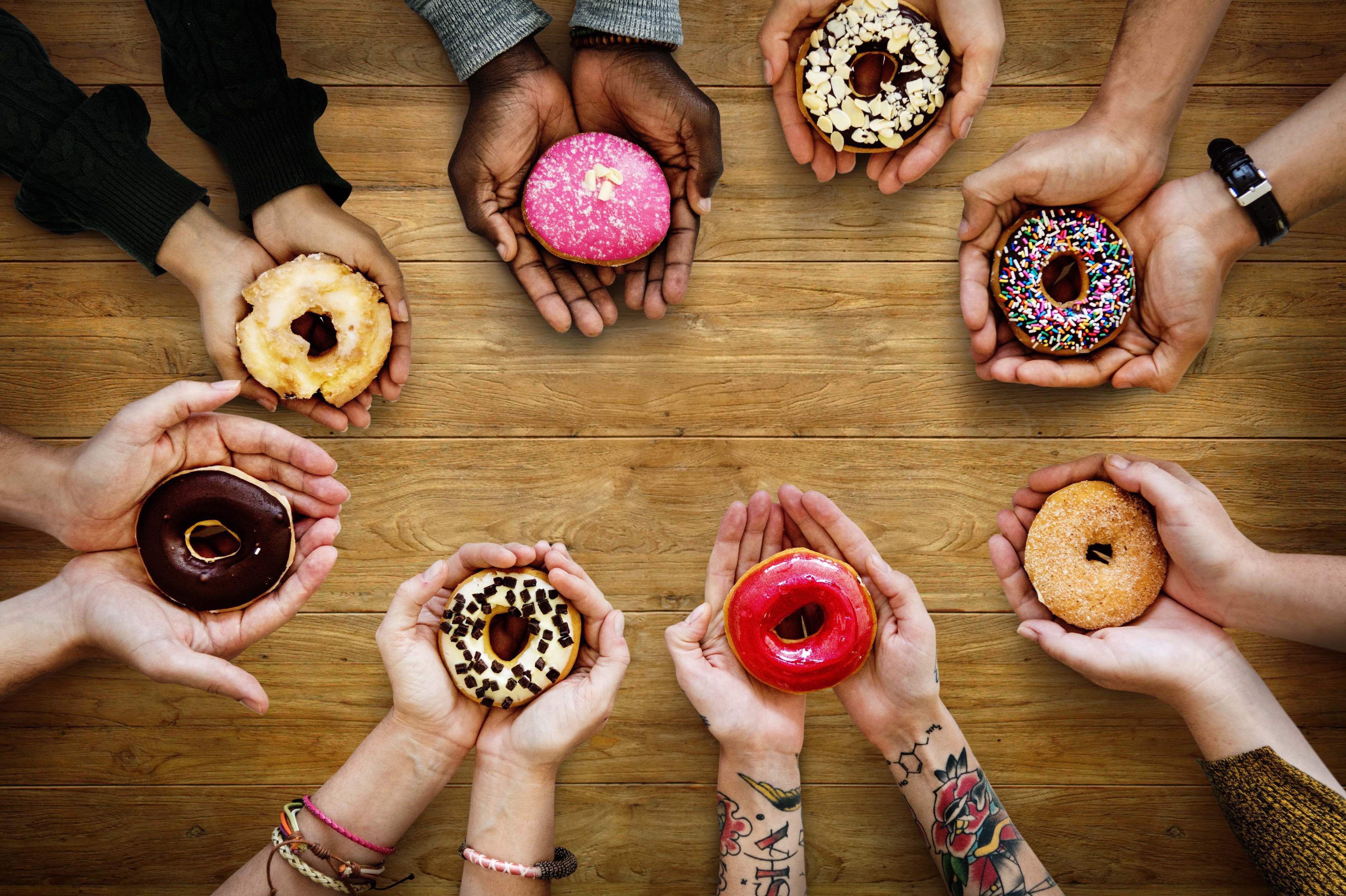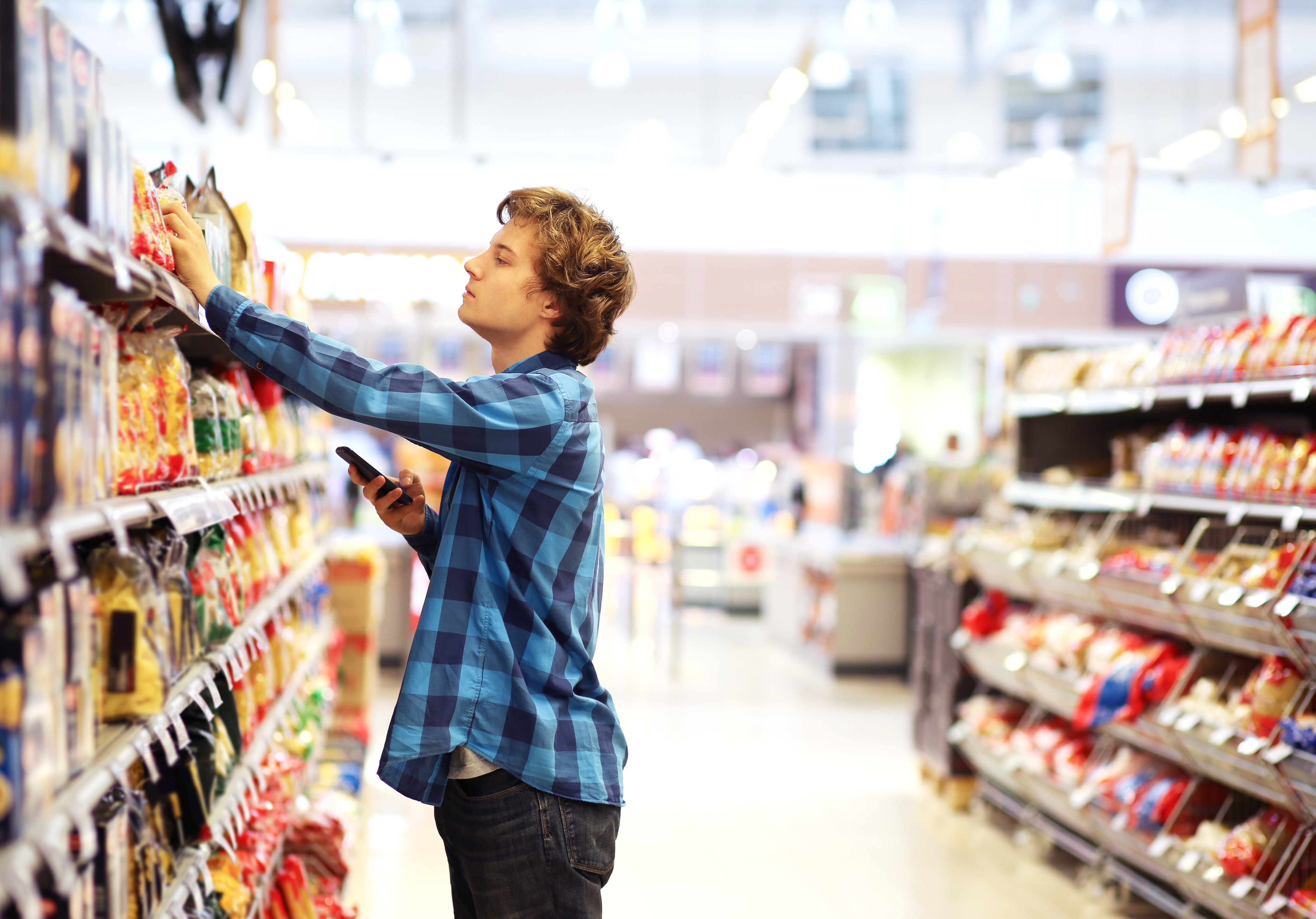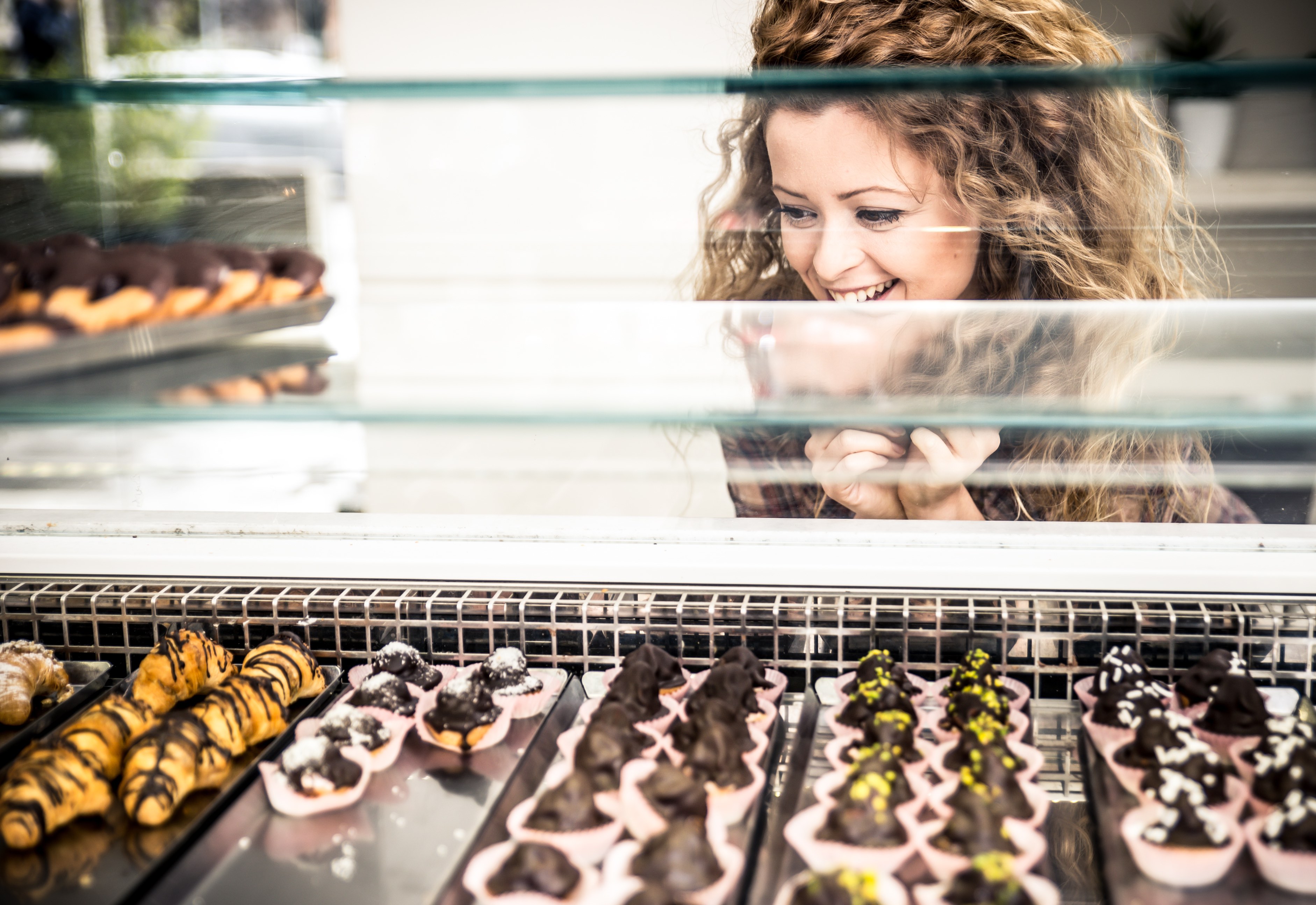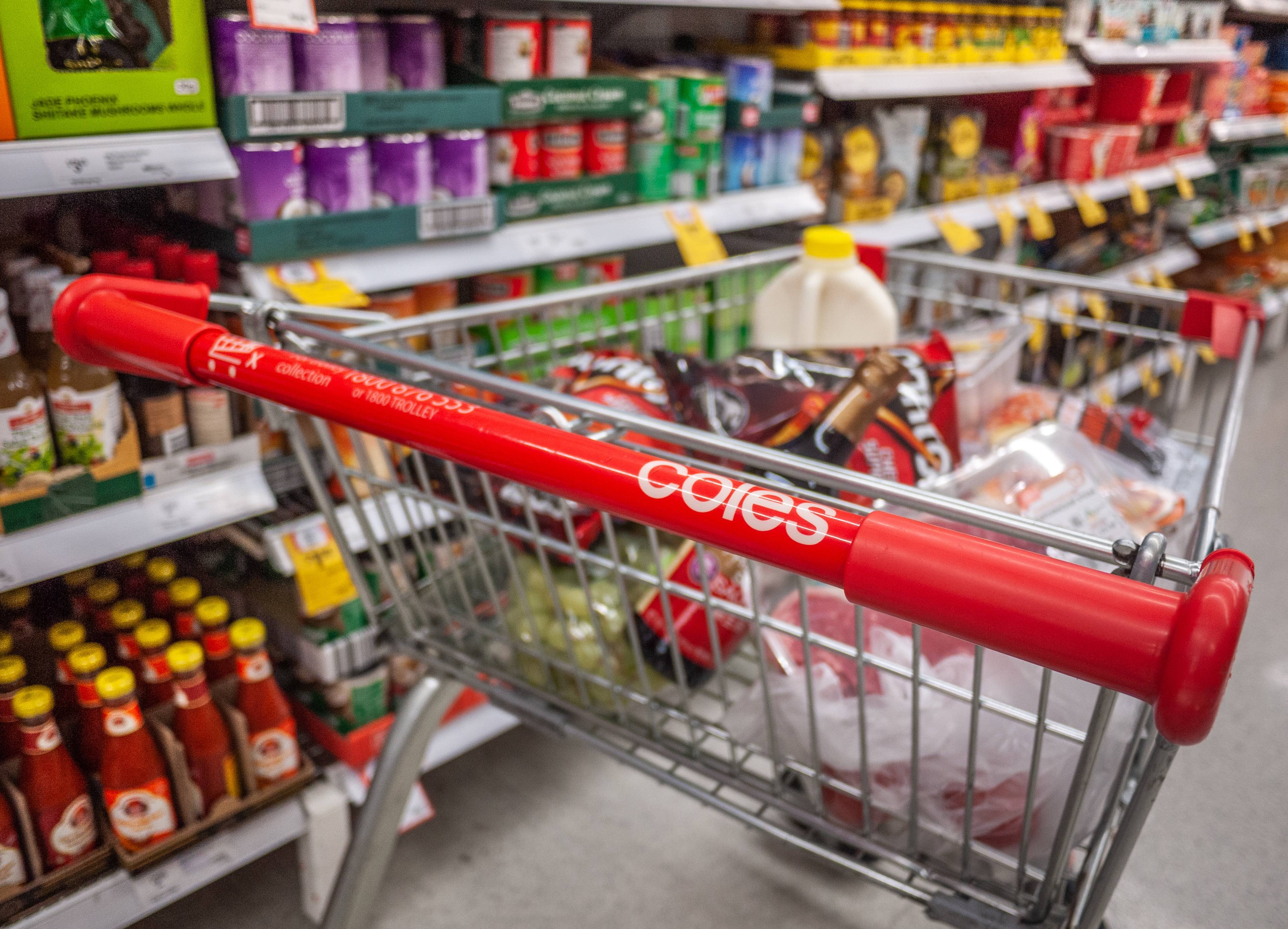
Health & Medicine
Would graphic warnings on unhealthy food make you think again?

New research finds that making a difficult choice between two equally desirable options can change the way our brains think about future preferences
Published 11 December 2018
Decisions, decisions…
Next time you’re really hungry and forced to choose between two snack foods you love – beware – your decision could actually have far-reaching consequences.

New University of Melbourne research has found that making a difficult choice can continue to influence our preferences down the track.
For the study, researchers from the Melbourne School of Psychological Sciences asked people how much real money they were willing to spend on various snack foods in order to measure their preferences.
They then asked those people to choose between two of their favourite snack foods that they liked equally – it might be chocolate, chips, a Danish or biscuits.

Health & Medicine
Would graphic warnings on unhealthy food make you think again?
Once the participants had decided, and some time had passed, they were asked to re-state their preferences. The researchers found that most people were willing to pay more money for the chosen item and less money for the rejected one.
Published in the Journal of Neuroscience, the study was conducted by a team from Dr Stefan Bode’s Decision Neuroscience Laboratory, part of the Decision Science Hub. They also collaborated with Professor Carsten Murawski from the University’s Department of Finance.
Dr Katharina Voigt, a former PhD student from Dr Bode’s lab and the lead author of the study, explains that having to choose between two things that a person likes equally makes the decision more difficult.

“The choice of snack foods varied across the group as the foods were matched to each participants’ unique, subjective preferences,” she says.
“We only included snack food items they were familiar with, liked and are purchased frequently by the general public.”
The 22 men and women aged 18-37 were monitored by MRI technology as they made their choices. Researchers then predicted how firmly their preferences changed by monitoring brain activity associated with preference formation and value-based decisions.

Sciences & Technology
Does the smell of blood make us hungry?
“Previous theories have suggested that our decision-making is driven by preferences,” Dr Voigt says.
“We tested the alternative hypothesis: that preferences evolve as an immediate consequence of decision-making. And our findings strongly support the idea that our preferences are already updated as our decisions unfold.”
The researchers also tracked eye movements to see whether the length of time spent looking at an item played a significant role in making hard decisions and forming preferences.
“It is well-established that fixation durations can predict choice – that is, we are more likely to choose the item we look at longer,” Dr Voigt says.
“But here, we find that eye fixations during our choice phase also determined how strongly we change our future preferences. This again suggests that preferences are really dynamic, and already change during making decisions.”

“Our results provide a novel insight into how our brains deal with hard choices and how, in turn, these hard choices then have a significant impact on our future preferences. The decision system seems to use information gathered in that immediate moment to form our new preferences.”
Traditional neuro-cognitive models of value-based choice usually view decision-making as a serial process in which stable preferences are the basis of our subsequent choices.

Politics & Society
Coming soon to an aisle near you
This means that preferences for choice should really only change if we learn something new about those options.
Dr Bode and his team tested the alternative hypothesis that preferences can also change as a consequence of making decisions. The team believes that this could be a useful, adaptive mechanism, that enables people to deal with hard choices.
“These findings indicate, contrary to basic intuition, that our preferences are not just a result of an item’s objective qualities and underlying utility, but rather that preferences are highly susceptible to contextual factors – including our own choices,” Dr Voigt says.
What’s fascinating is how quickly this happens in our brains.
“You will like the chosen item more later, and the rejected one less – simply because you had to choose,” Dr Bode says.
“We show that it is possible to predict how strongly you will change your preference from brain activity while you are still making your decision.”

So how does all this work in real life?
“Imagine you head to a supermarket, hungry,” Dr Voigt says.
“After some browsing, you narrow your choice to two options that you like equally, say a Mars bar and a Snickers bar.

Politics & Society
Coming soon to an aisle near you
“But you only have a limited amount of cash on you, so you have to choose just one of the chocolate bars.
“Because your preferences are equal for both chocolate bars, you end up in a stalemate, you’re unable to decide.”
The research shows that, in situations like this, the decision system is triggered to reconstruct new preference values for the options, which then help make that hard decision.
“As people, we don’t actually like to be stuck like Buridan’s donkey between two haystacks,” Dr Bode explains.
“It’s not a pleasant feeling. So, developing a preference for one of the snacks over the other, even if it’s a small one, is helpful. The result is that next time you are in a similar situation, you already have a preference for one snack, you don’t feel stuck again and you can choose faster.”

“This rapid formation of preferences is supported by the brain’s prefrontal and parietal decision-making and valuation network, as well as brain regions that are involved in memory formation. Activity in these regions during decision-making allows us to predict the new stimulus values that will determine your updated preferences,” he says.
“So if you chose the Snickers bar, you’re likely to be willing, the next time you face this decision, to spend more money on the Snickers and less money on the Mars bar.”
Banner image: Shutterstock